Impact
Anything is possible
Traditional food production relies on agricultural means, requiring massive amounts of water and land. The impact of Solar Foods comes from breaking the connection between agriculture and food. We are living in exciting times: Solar Foods’ first commercial production facility is about to demonstrate how this impact works on scale.
With protein grown without vast tracts of field and irrigation, natural resources are liberated and biodiversity can flourish. This is how we feed the world, sustainably.
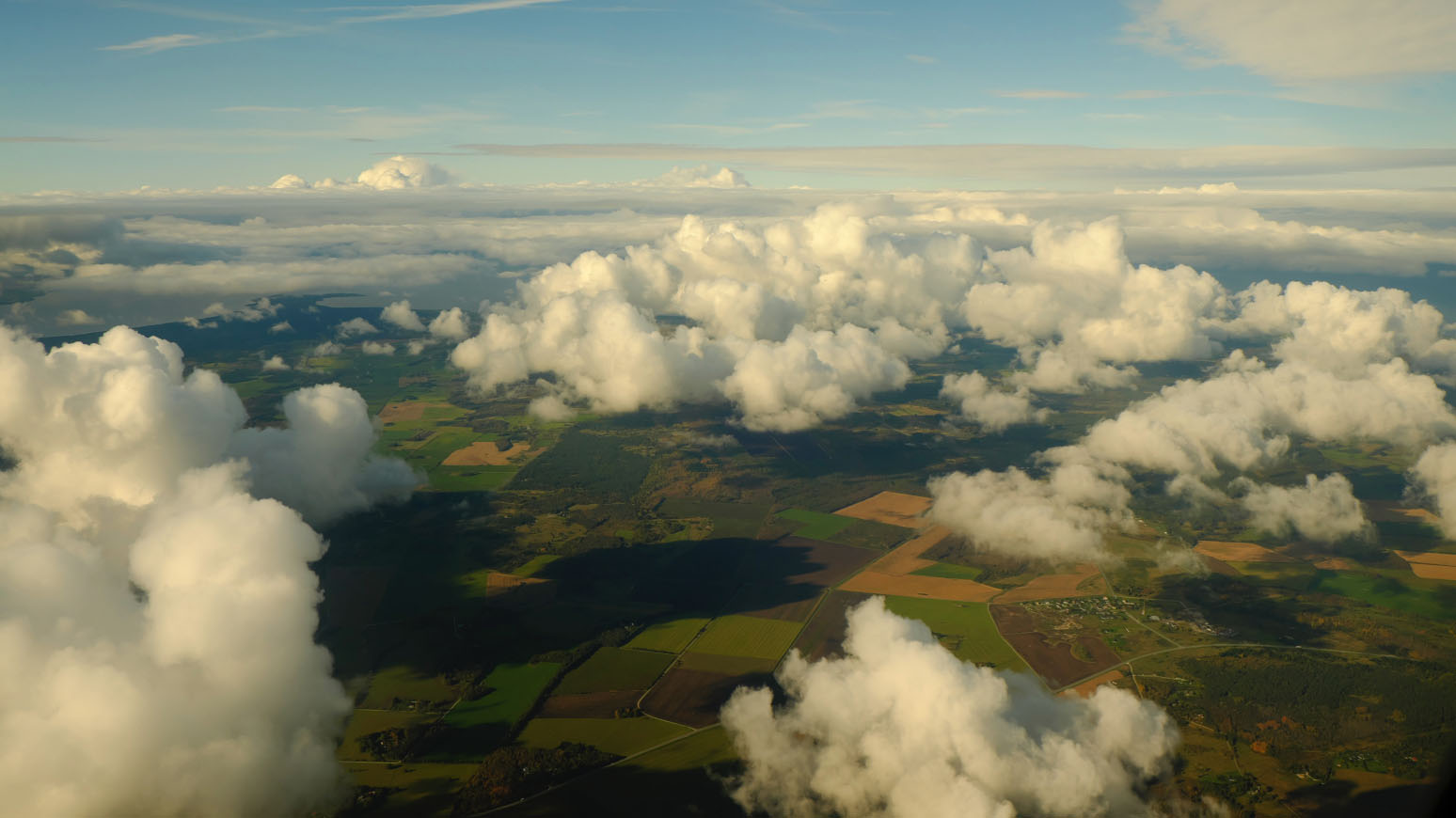
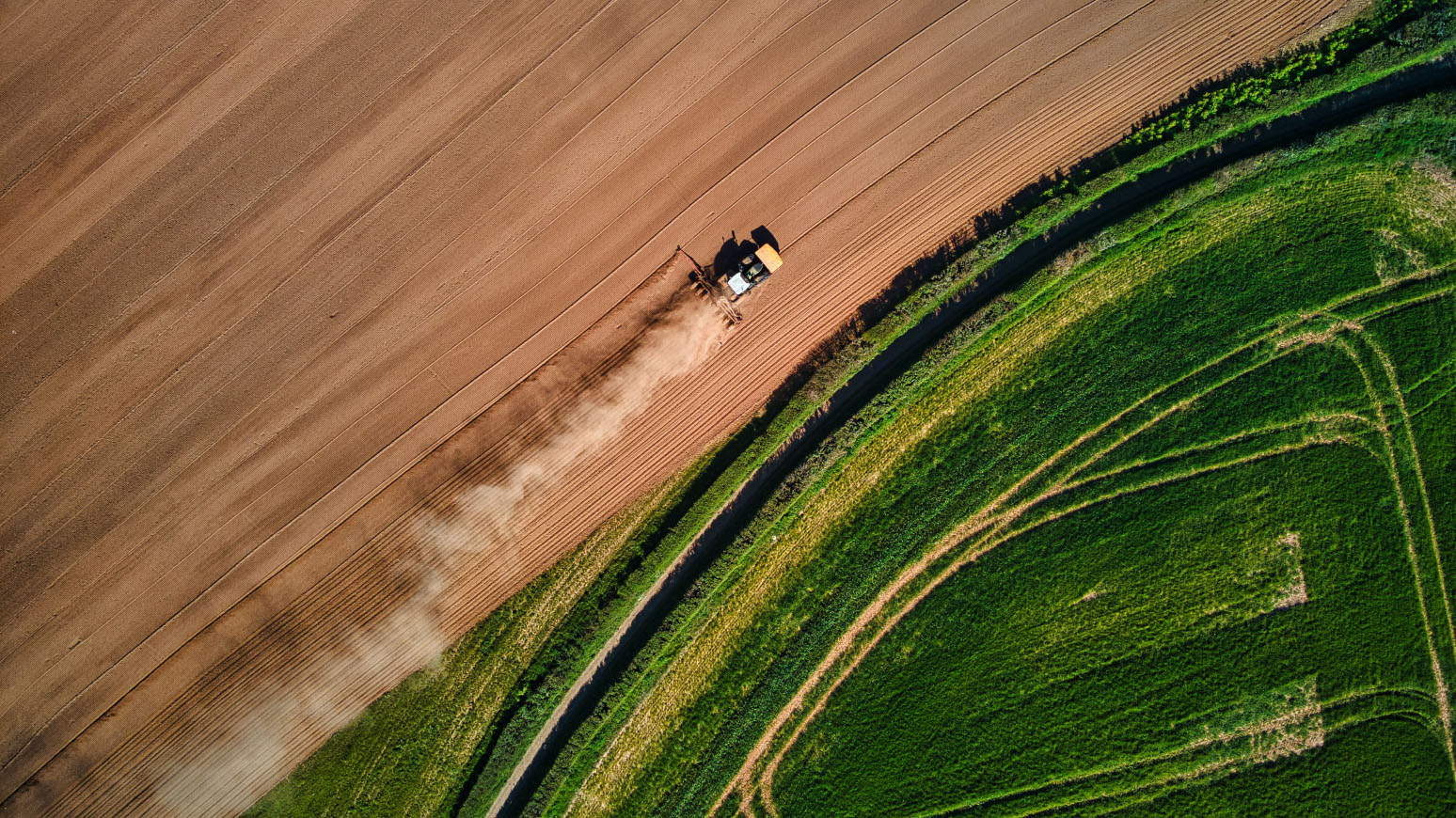
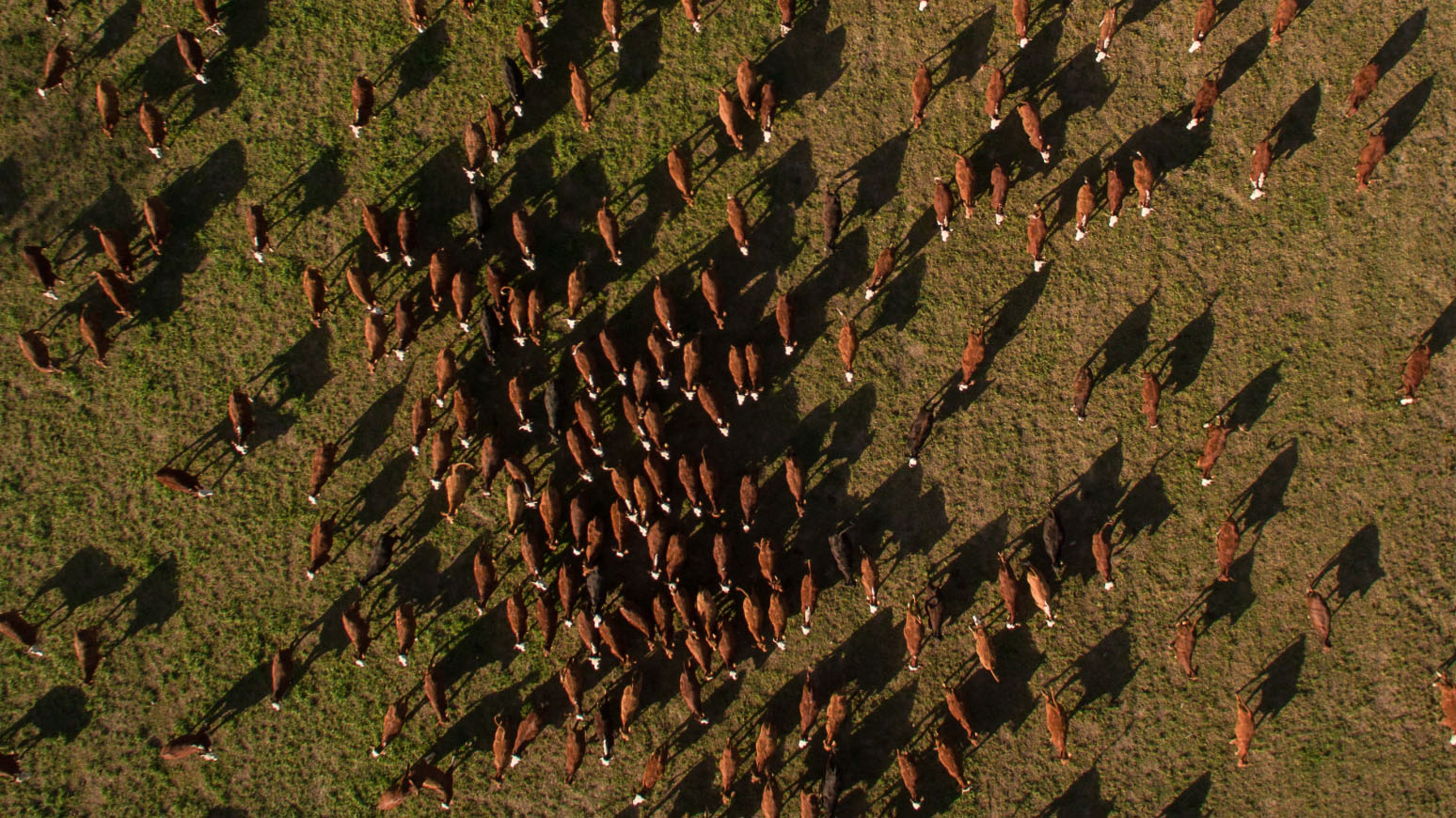

Time for radical change
Throughout history, humanity has found success by harnessing the bounty of nature. Modern agriculture has created an era of well-being, but also led us to exceeding the limits of the planet. To create a prosperous future, we must find ways to spend natural resources more wisely.
The weight of water use
In the last century water use increased at almost twice the rate the world’s population grew. On average agriculture accounts for 70% of global freshwater withdrawals. The production of Solein lightens the load by requiring only a fraction of the water needed for agricultural food production.
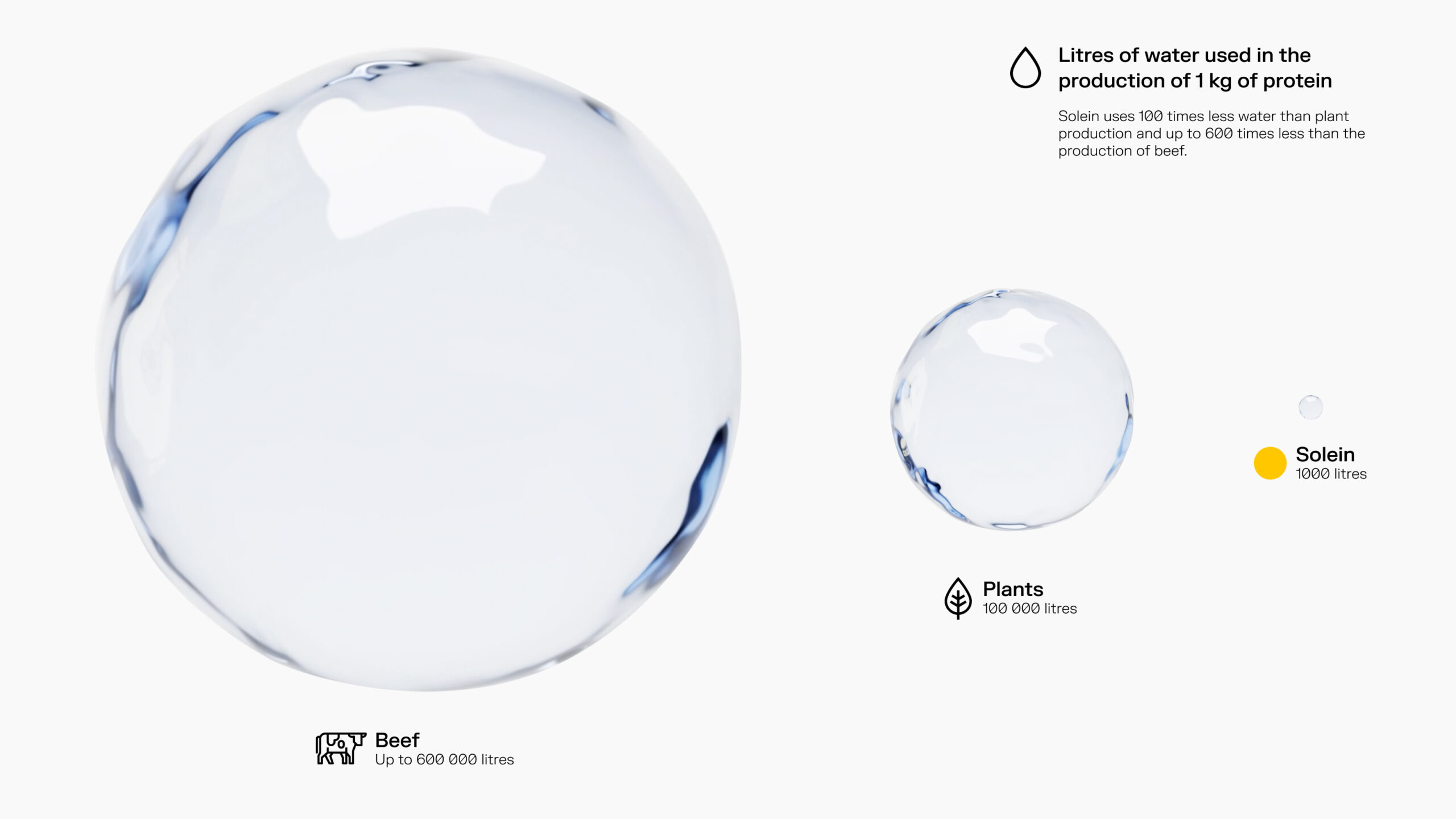
Solein land use efficiency
For centuries, conventional food production has been based on meat and dairy. Livestock is the world’s largest user of land resources, with grazing land and cropland dedicated to the production of feed representing almost 80% of all agricultural land. Plants are more efficient, but even they pale in comparison to Solein.
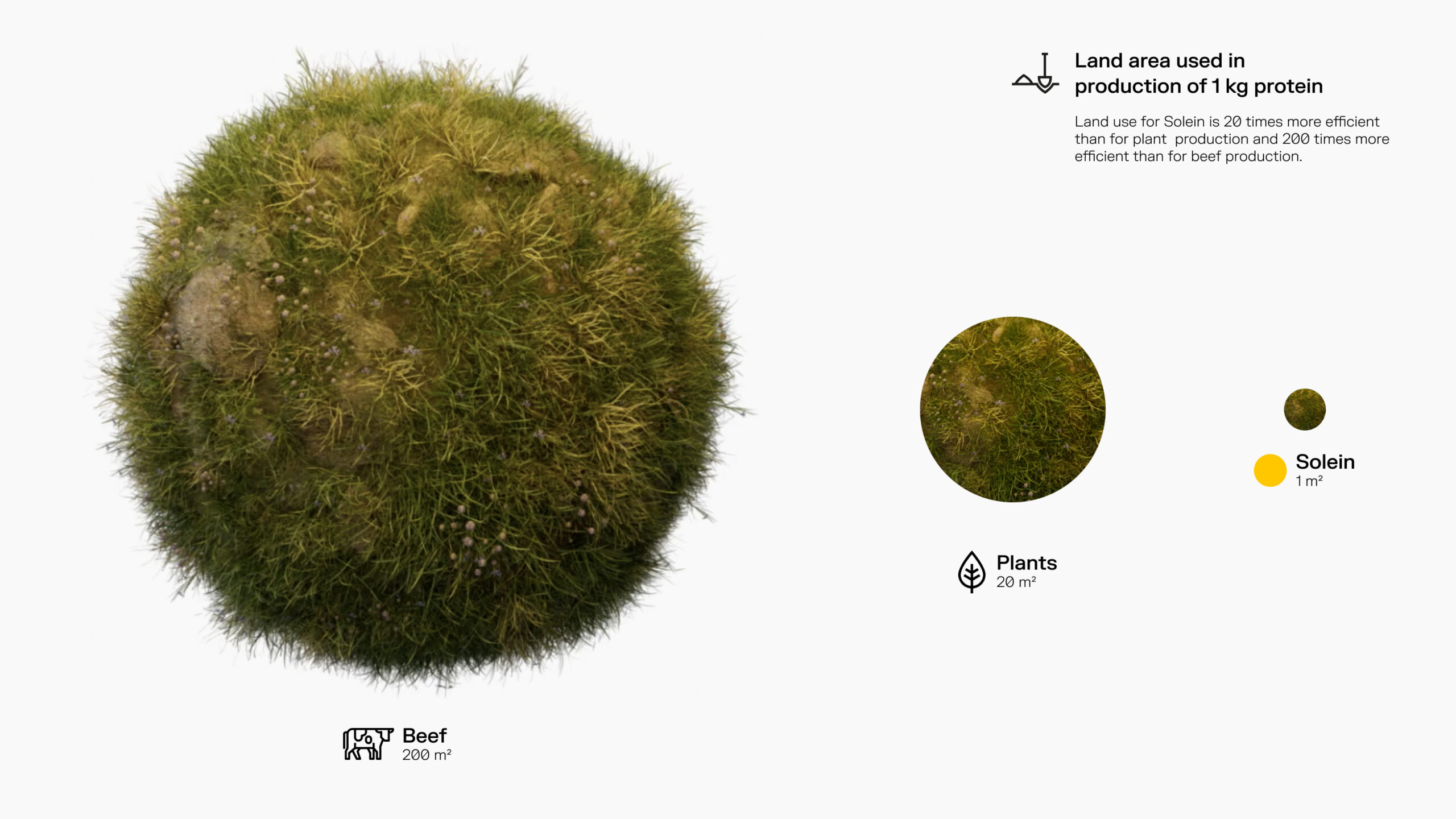
Solein greenhouse gas reduction
Cattle produces 45 kilos of CO2 per kilo of protein which amounts to 14.5% of all anthropogenic greenhouse gas emissions. Again, plants are more efficient than animals, but Solein beats both in efficiency.
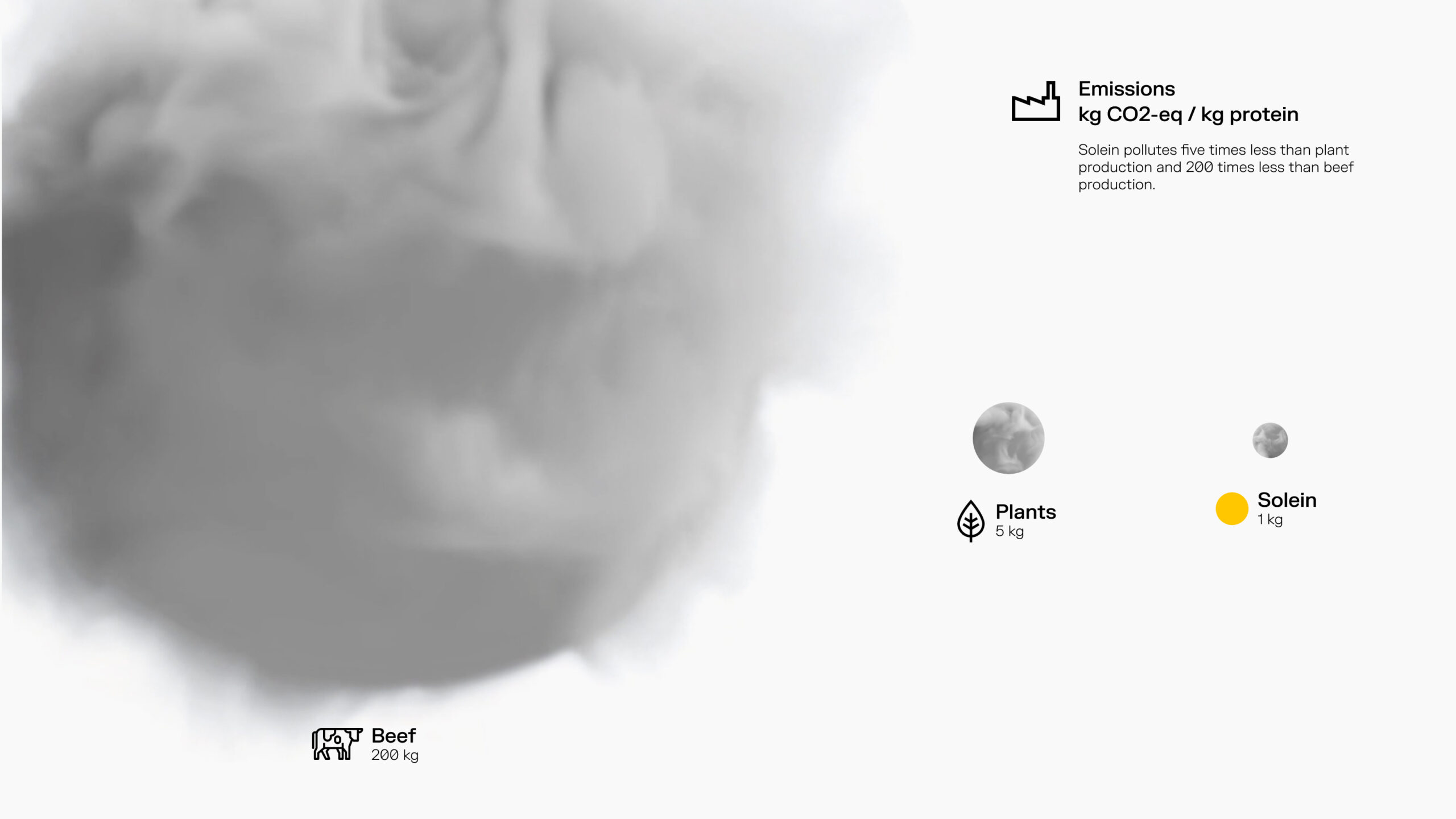
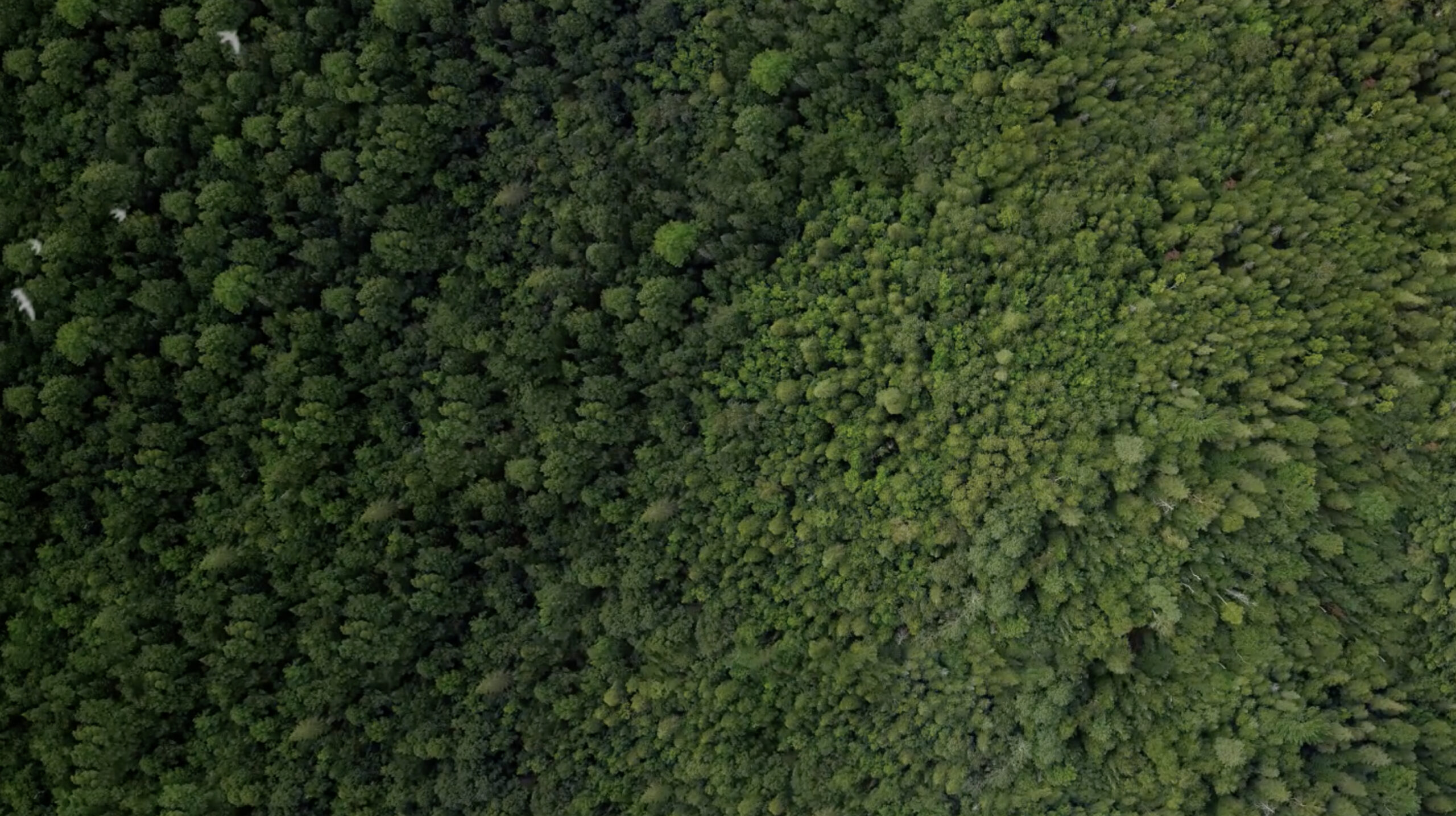
Solein can help radically reduce agricultural carbon emissions
If land released from agriculture is allowed to return to its natural state, it can start removing carbon from the atmosphere. If only a fraction of this land is used to produce Solein, with already a minimal CO2 footprint, we have both food production and a new carbon sink at the same time – the results could be carbon negative when compared to the current situation.


